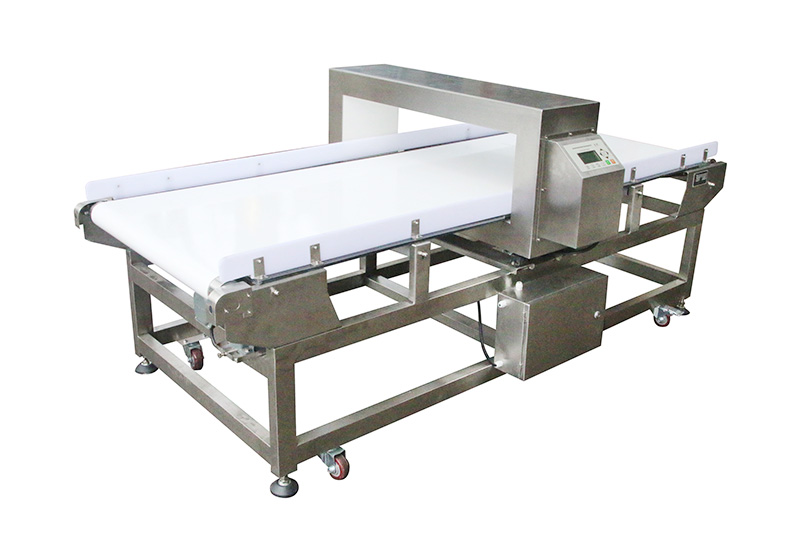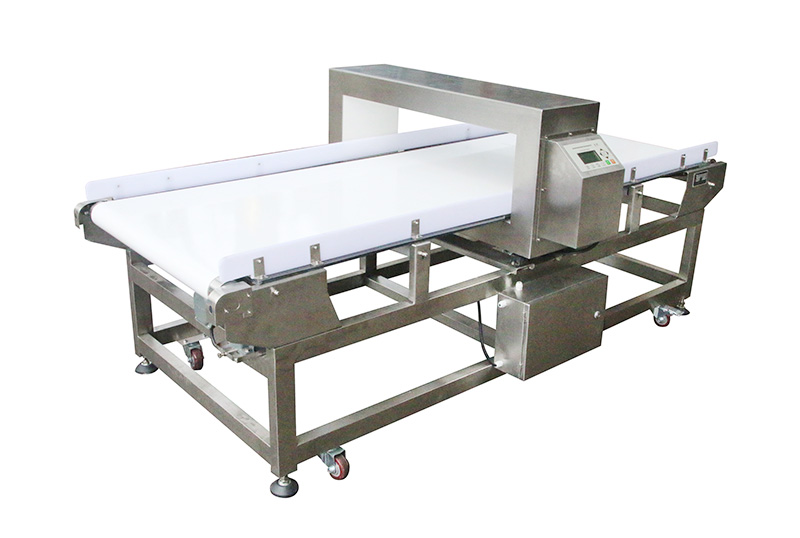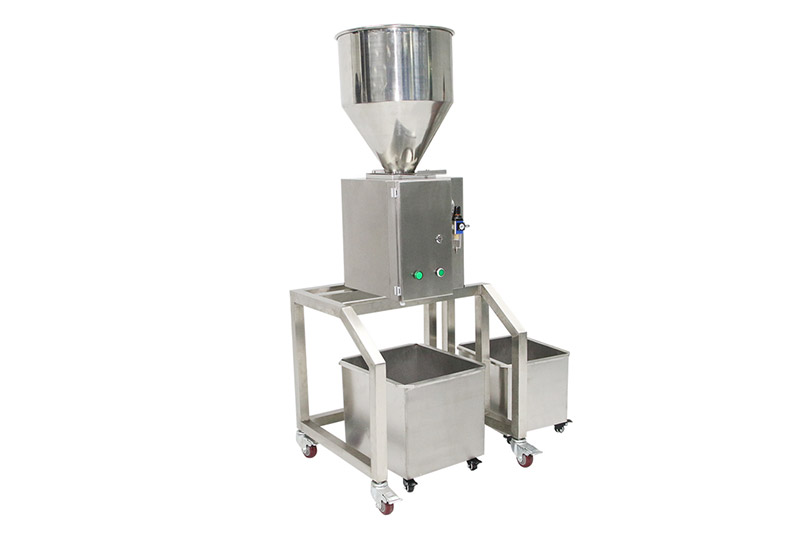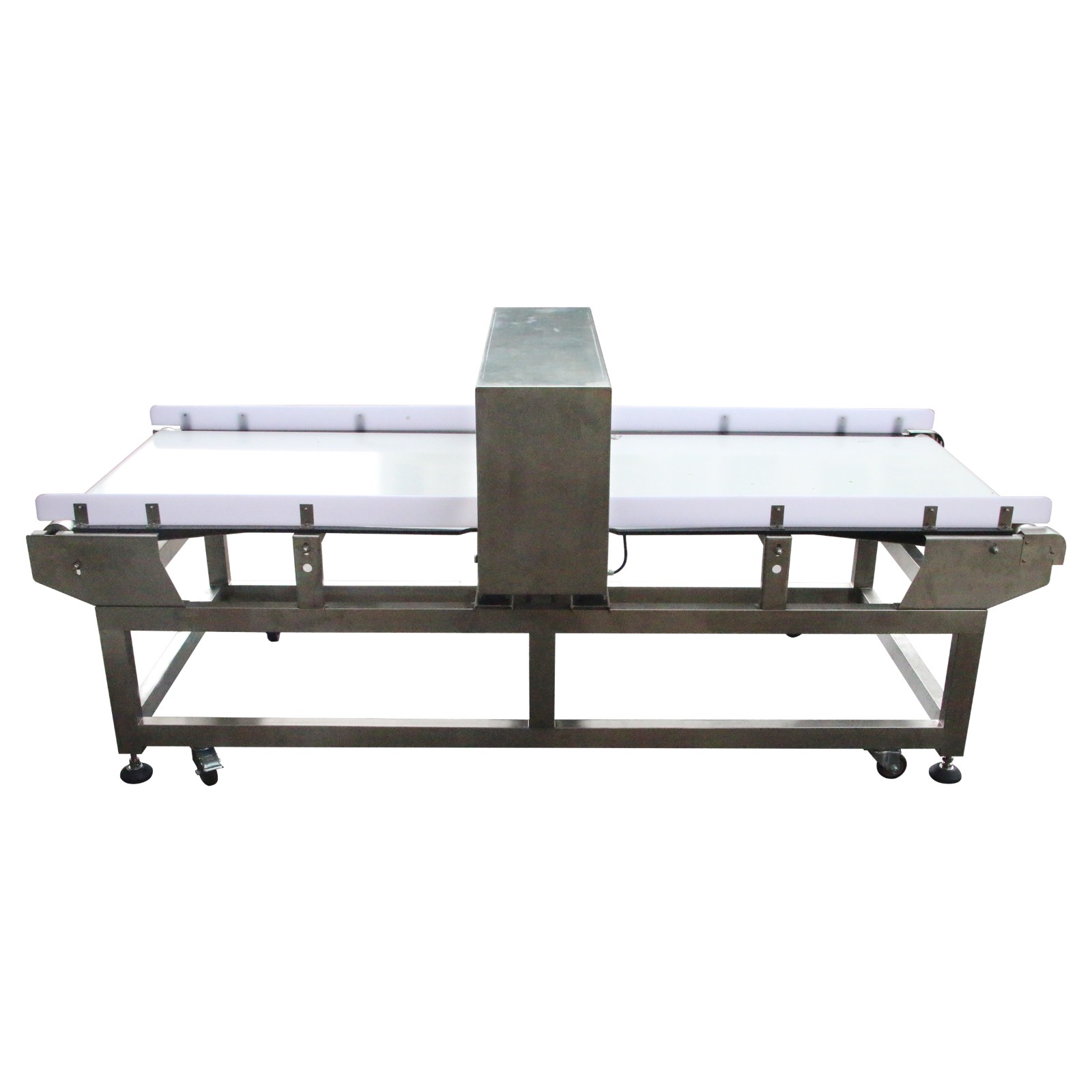Rubber and Plastic Recycle
Implementing metal detectors in a rubber and plastic recycling factory is crucial for ensuring the quality of the recycled materials and preventing contamination from metal particles. Metal detectors play a vital role in safeguarding processing equipment, ensuring the integrity of recycled products, and adhering to safety standards. Let's explore the significance, benefits, and key considerations for using metal detectors in a rubber and plastic recycling facility:
## I. Importance of Metal Detectors in Rubber and Plastic Recycling
### A. Equipment Protection
1. **Preventing Equipment Damage:** Metal detectors help prevent damage to shredders, granulators, and other processing equipment by detecting and removing metal contaminants before they can cause harm.
2. **Reducing Downtime:** By identifying and eliminating metal contaminants early, equipment downtime due to damage can be minimized.
### B. Product Quality Assurance
1. **Ensuring Material Purity:** Metal detectors contribute to the purity of recycled rubber and plastic materials by preventing the inclusion of metal contaminants.
2. **Meeting Industry Standards:** Adherence to industry standards and regulations for recycled materials, ensuring product quality and safety.
### C. Worker Safety
1. **Reducing Injury Risks:** Detecting and removing metal contaminants enhances workplace safety by reducing the risk of injuries to workers during material processing.
2. **Ensuring a Safe Working Environment:** Creating a safe working environment by eliminating potential hazards associated with metal contamination.
## II. Key Areas for Metal Detector Implementation
### A. Incoming Material Inspection
1. **Inbound Material Screening:** Metal detectors are employed at the beginning of the recycling process to inspect incoming rubber and plastic materials for any metal contaminants.
2. **Contaminant Rejection:** Automatic rejection systems can be integrated to remove contaminated materials before they enter the recycling process.
### B. Shredding and Granulation
1. **Inline Inspection:** Metal detectors integrated into the shredding and granulation lines inspect materials for any metal particles introduced during these stages.
2. **Quick Rejection Systems:** Fast-acting rejection systems ensure that contaminated materials are immediately removed from the production line.
### C. Sorting and Separation
1. **Belt Conveyor Inspection:** Conveyor-based metal detectors can be used to inspect materials on conveyor belts during the sorting and separation stages.
2. **Automatic Sorting:** Integrated systems with automatic sorting capabilities can segregate contaminated materials efficiently.
### D. Final Product Inspection
1. **End-of-Line Inspection:** Metal detection at the end of the recycling process ensures that metal contaminants are not present in the final recycled rubber and plastic products.
2. **Packaging Inspection:** Ensuring that metal contaminants are not introduced during the packaging process.
## III. Benefits of Metal Detectors in Rubber and Plastic Recycling
### A. Equipment Longevity
1. **Preventing Machinery Damage:** Metal detectors contribute to the longevity of processing equipment by preventing metal contaminants from causing wear and tear.
2. **Reducing Maintenance Costs:** Minimizing the need for unplanned maintenance and repairs, resulting in cost savings.
### B. Material Purity
1. **High-Quality Recycled Materials:** Metal detectors ensure the production of high-quality recycled rubber and plastic materials by preventing metal-related defects.
2. **Market Acceptance:** Meeting quality standards enhances market acceptance of recycled materials among manufacturers and end-users.
### C. Safety and Compliance
1. **Worker Safety:** Creating a safer working environment by minimizing the risk of injuries associated with metal contamination.
2. **Regulatory Compliance:** Adherence to regulations and industry standards for recycled materials, ensuring compliance with safety and quality control guidelines.
## IV. Implementing an Effective Metal Detection System
### A. Choosing Appropriate Equipment
1. **Type of Metal Detector:** Selecting the right type of metal detector based on the specific needs of the recycling process, such as conveyor-based detectors or free-fall detectors for granulated materials.
2. **Sensitivity Levels:** Configuring the sensitivity levels of the metal detector to detect both ferrous and non-ferrous metals at the required thresholds.
### B. Integration with Production Line
1. **Strategic Placement:** Installing metal detectors at strategic points along the production line to ensure thorough inspection.
2. **Integration with Conveyors:** Seamlessly integrating metal detectors with conveyor systems for efficient and continuous inspection.
### C. Automatic Rejection Systems
1. **Fast-Acting Rejection:** Employing rejection systems that act quickly to remove contaminated materials from the production line without causing disruptions.
2. **Efficient Sorting:** Implementing automatic sorting systems for contaminated materials to streamline the recycling process.
### D. Regular Maintenance and Calibration
1. **Routine Checks:** Conducting routine checks, maintenance, and calibration of metal detection equipment to ensure optimal performance.
2. **Employee Training:** Training personnel on the proper use and maintenance of metal detection systems to maximize effectiveness.
## V. Conclusion
Metal detectors are integral to the rubber and plastic recycling industry, contributing to equipment protection, product quality assurance, and overall workplace safety. By strategically implementing metal detection systems at various stages of the recycling process, manufacturers can enhance the quality of recycled materials and ensure compliance with industry standards. Regular maintenance, proper training, and thoughtful consideration of specific industry needs are key factors in successfully implementing metal detectors in a rubber and plastic recycling facility.
Viking conveyor series metal detector with big tunnel and viking gravity metal detector especially design for the rubber factory such as the manufacture that produce pillow and mattress.
The gravity metal detector mainly used for detect the materials that may from recycle plastics that blocked the plastic injection machine.





